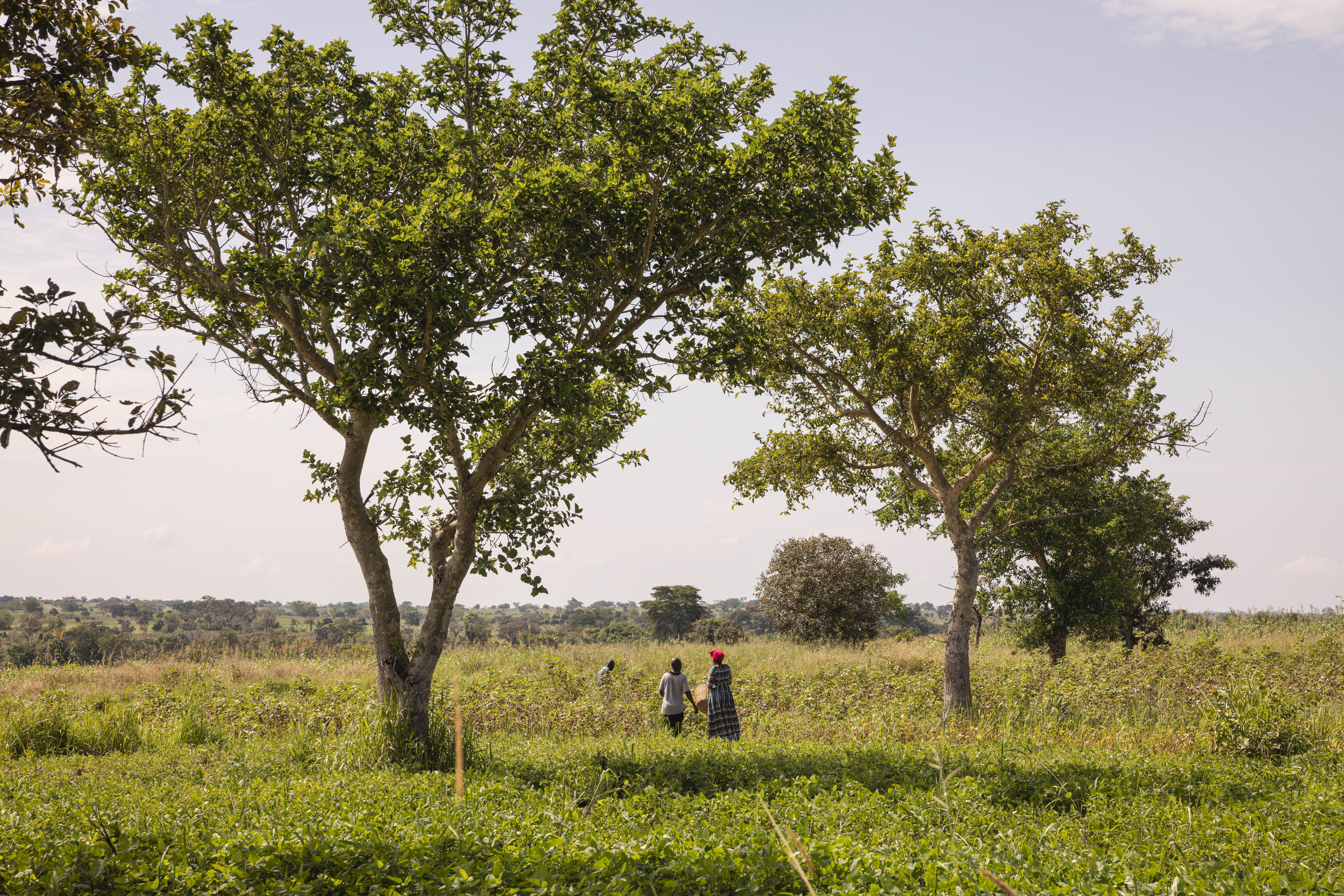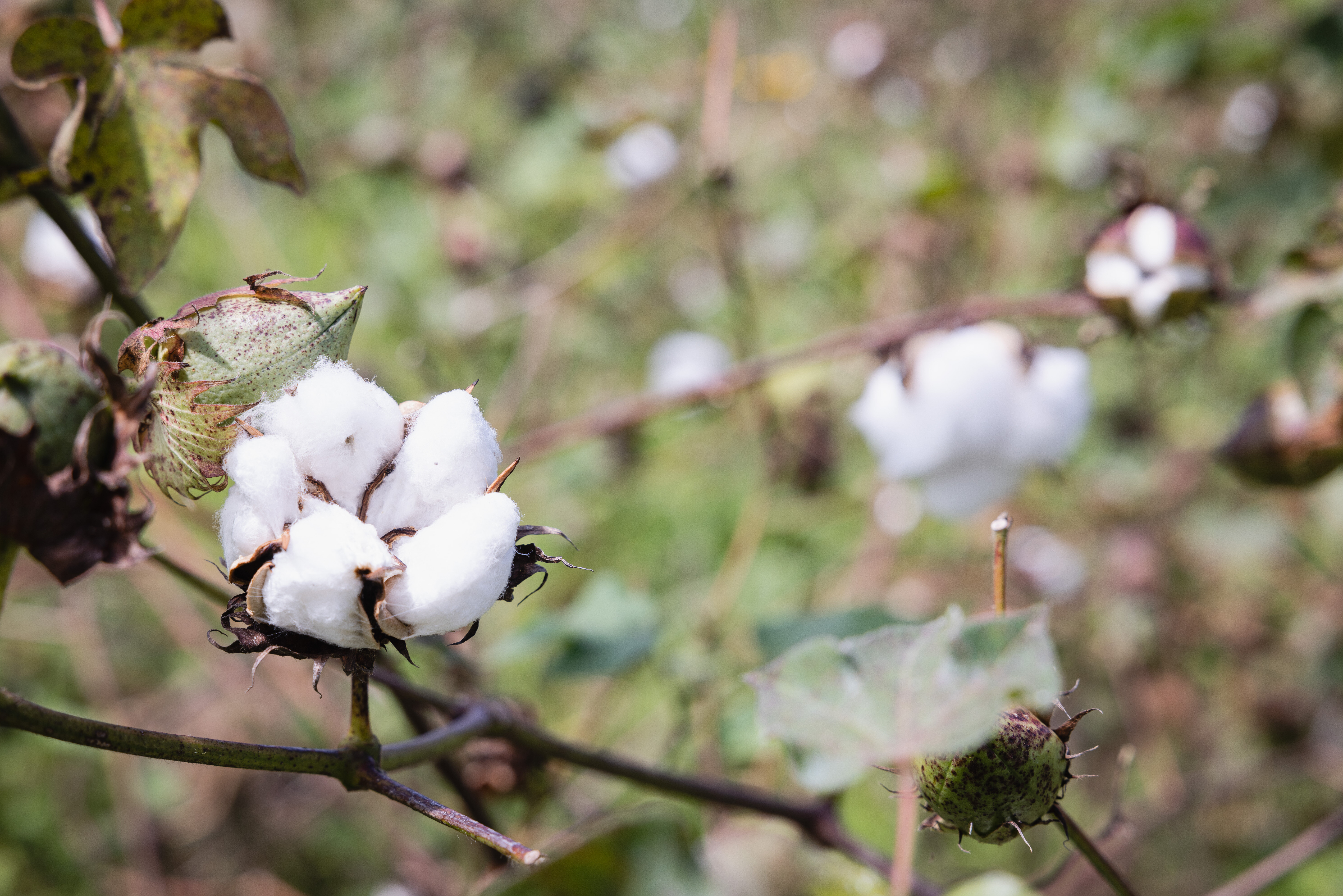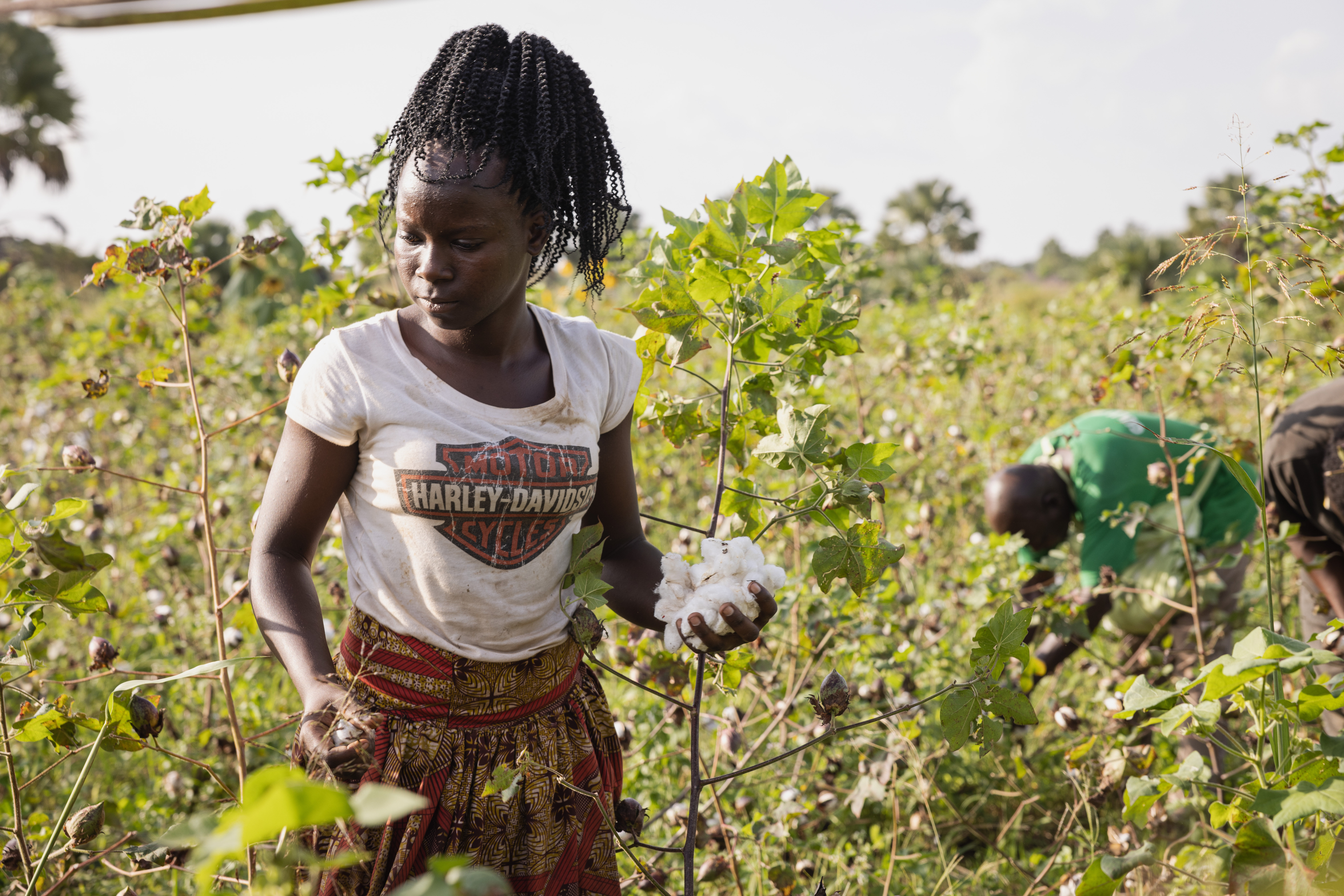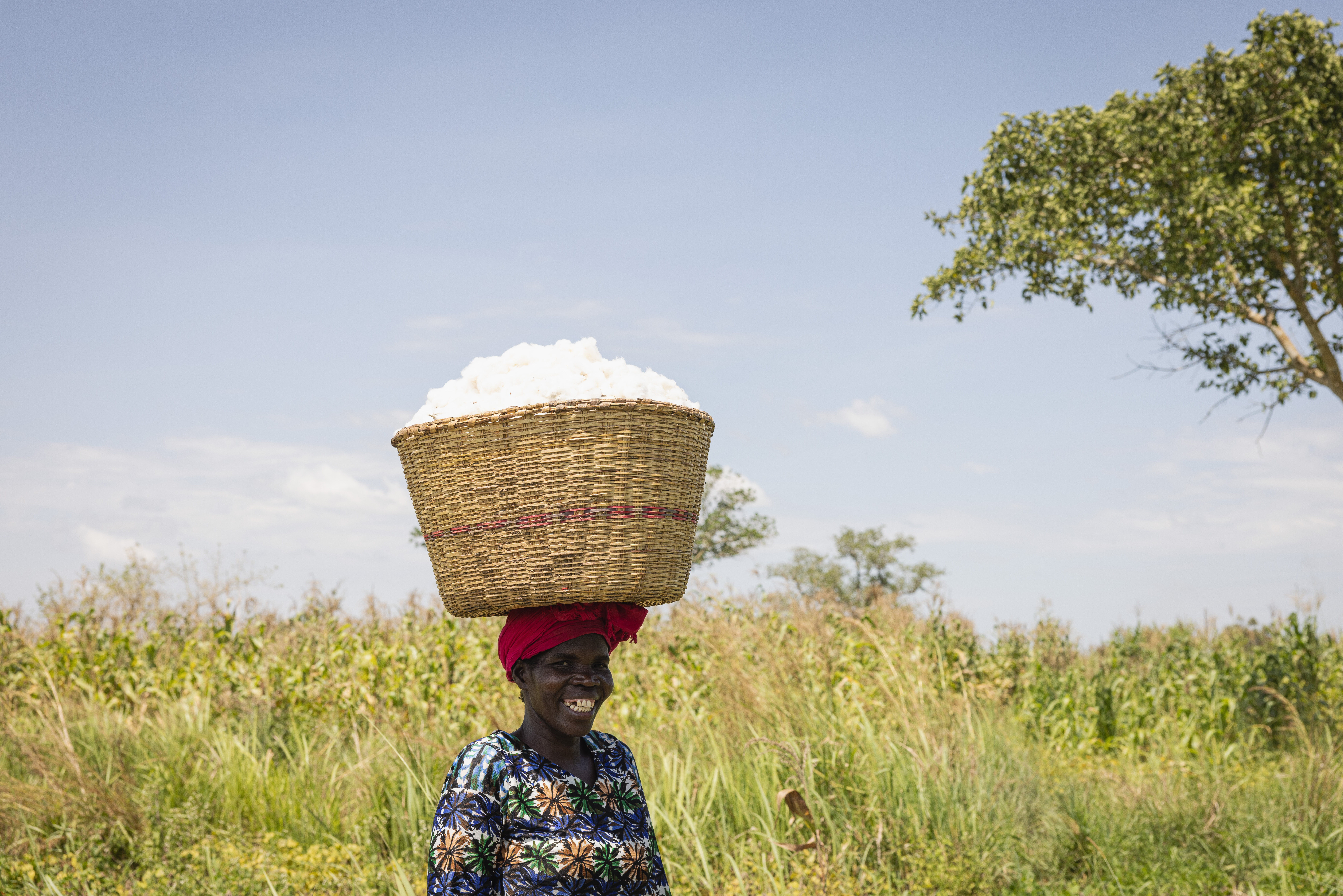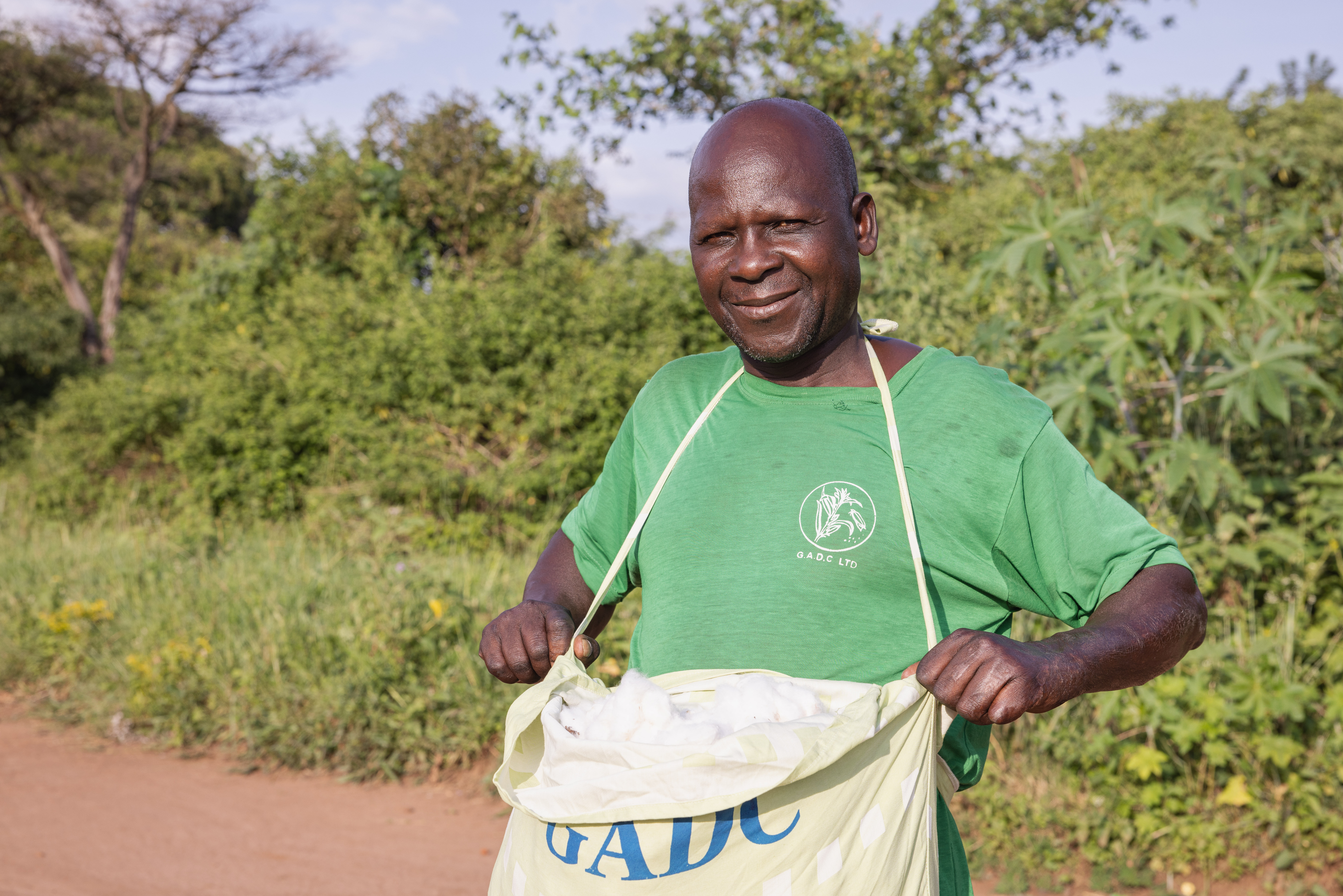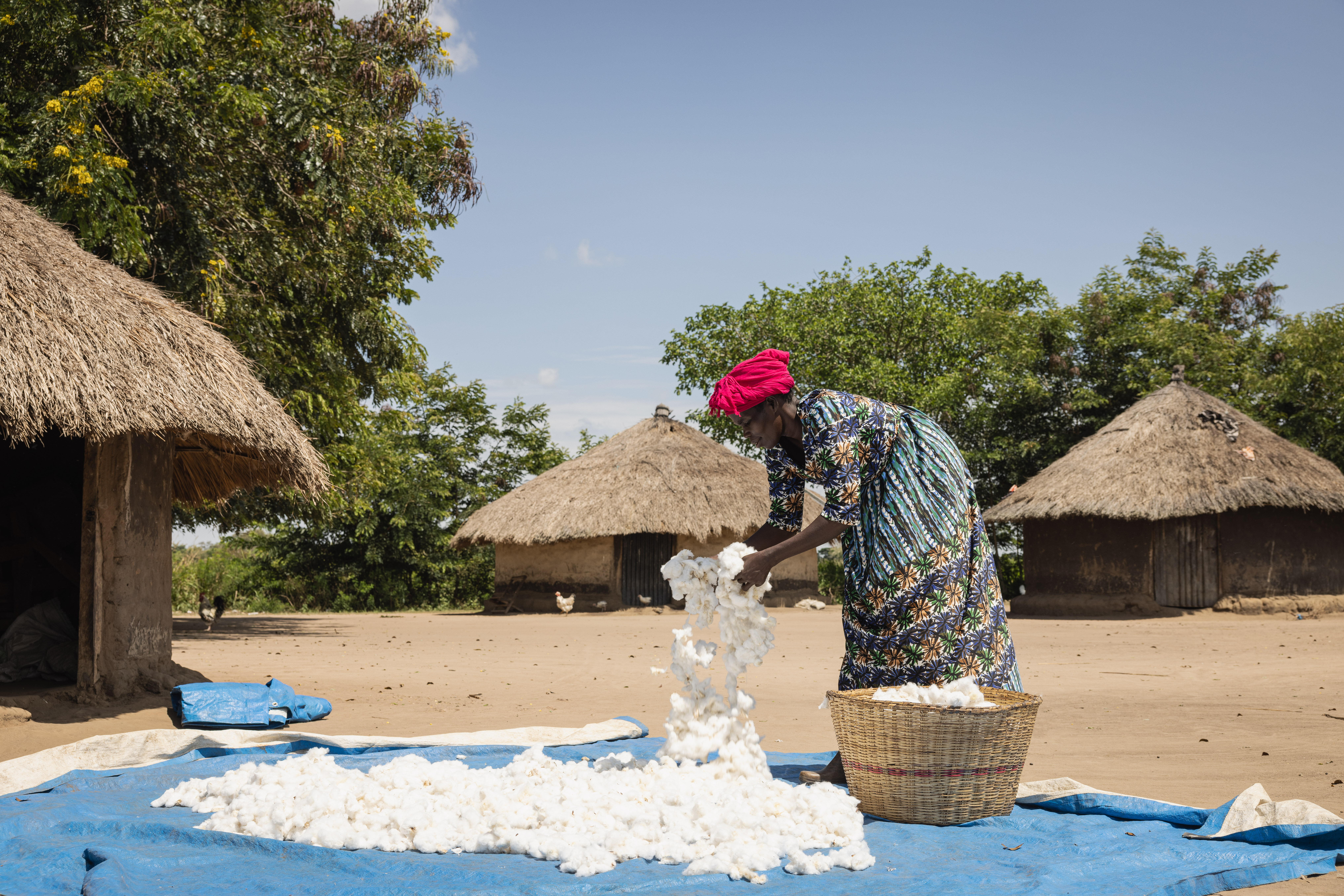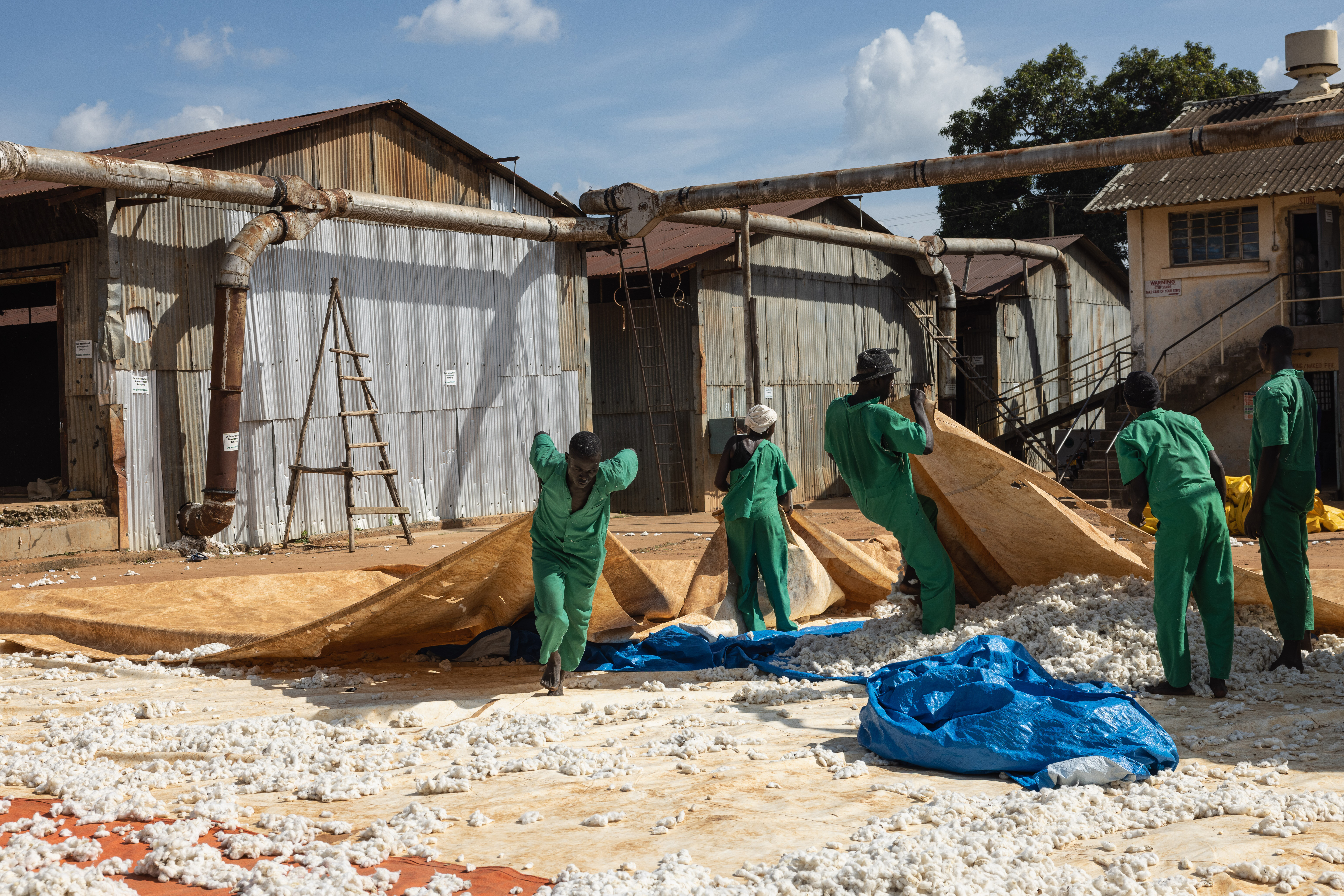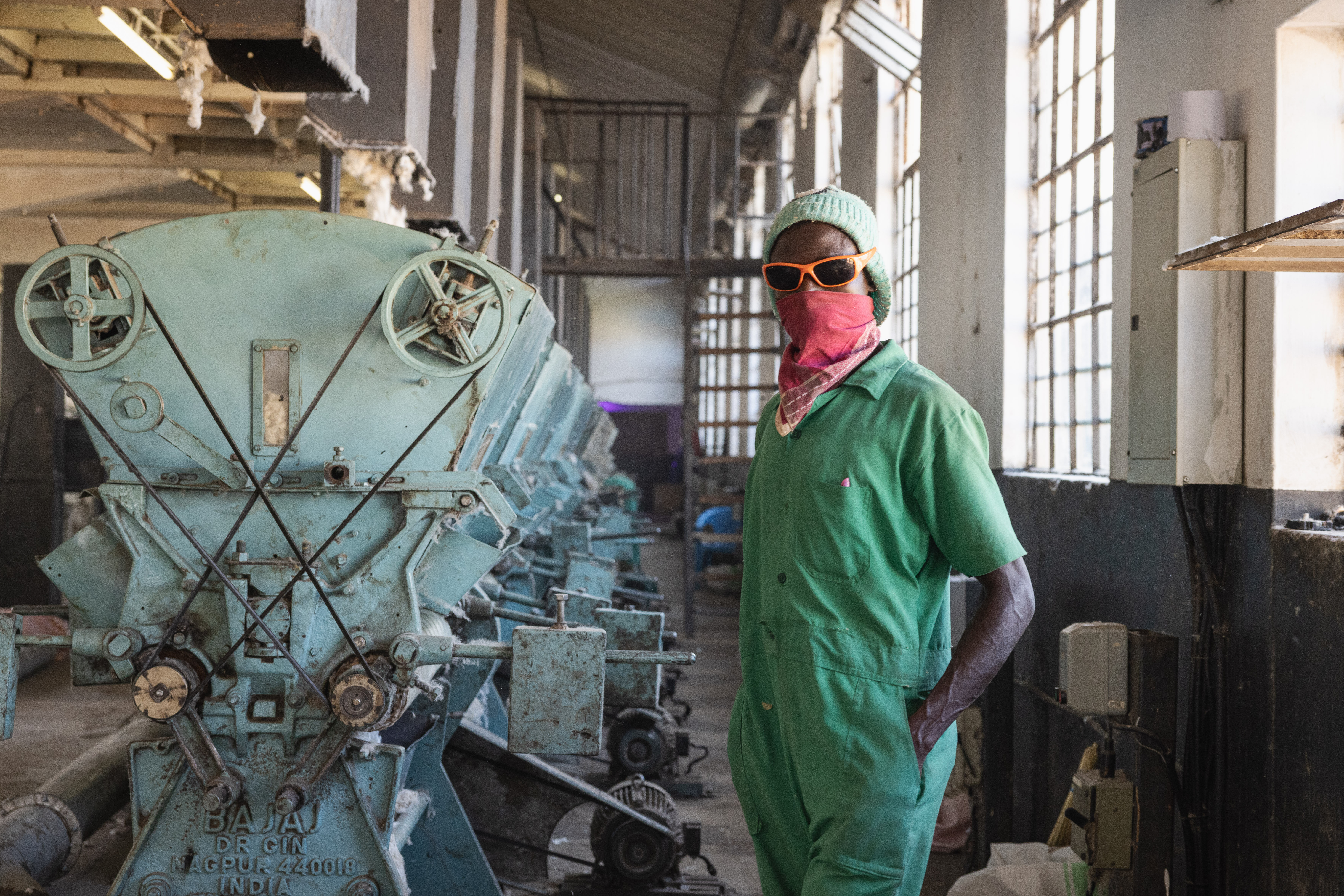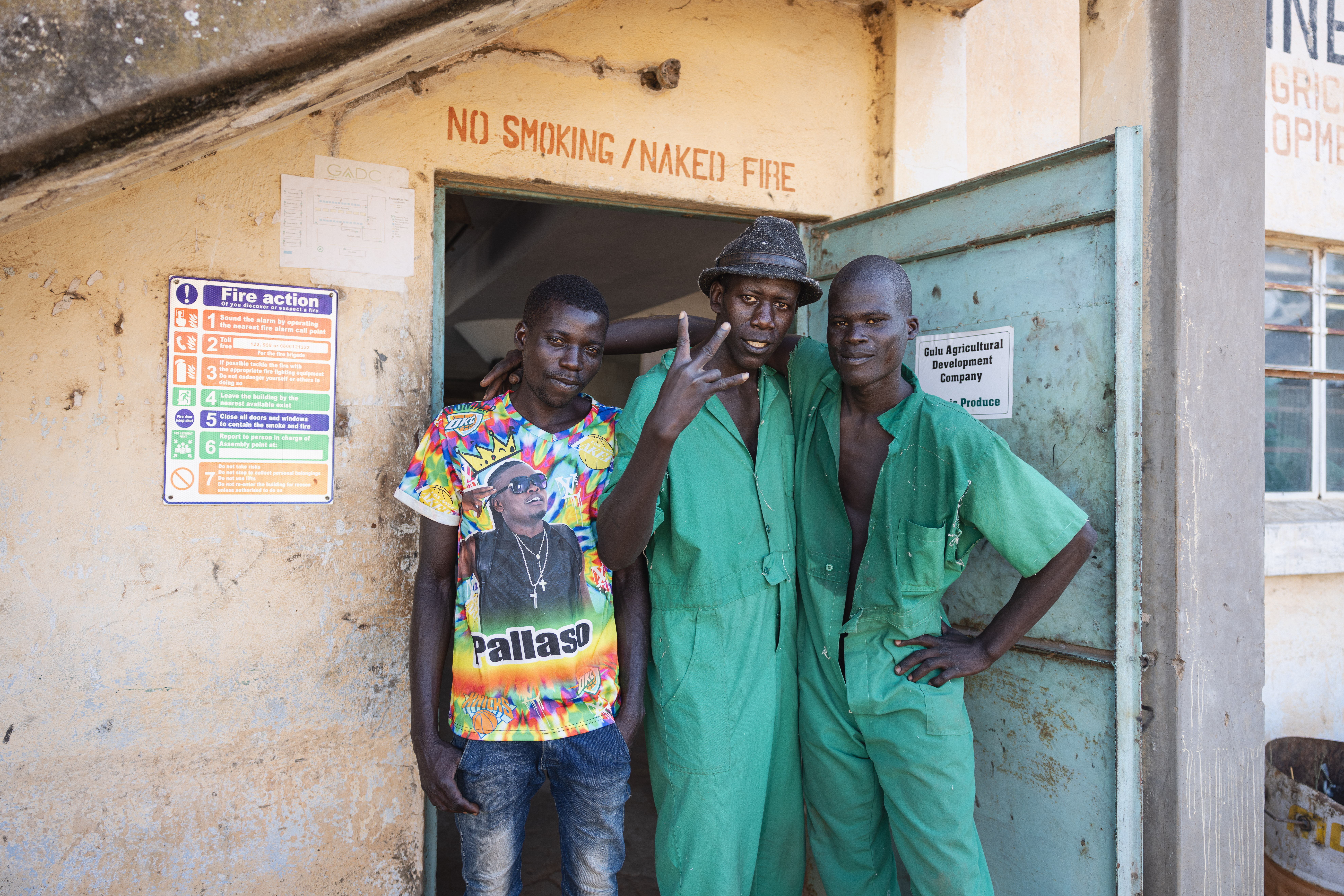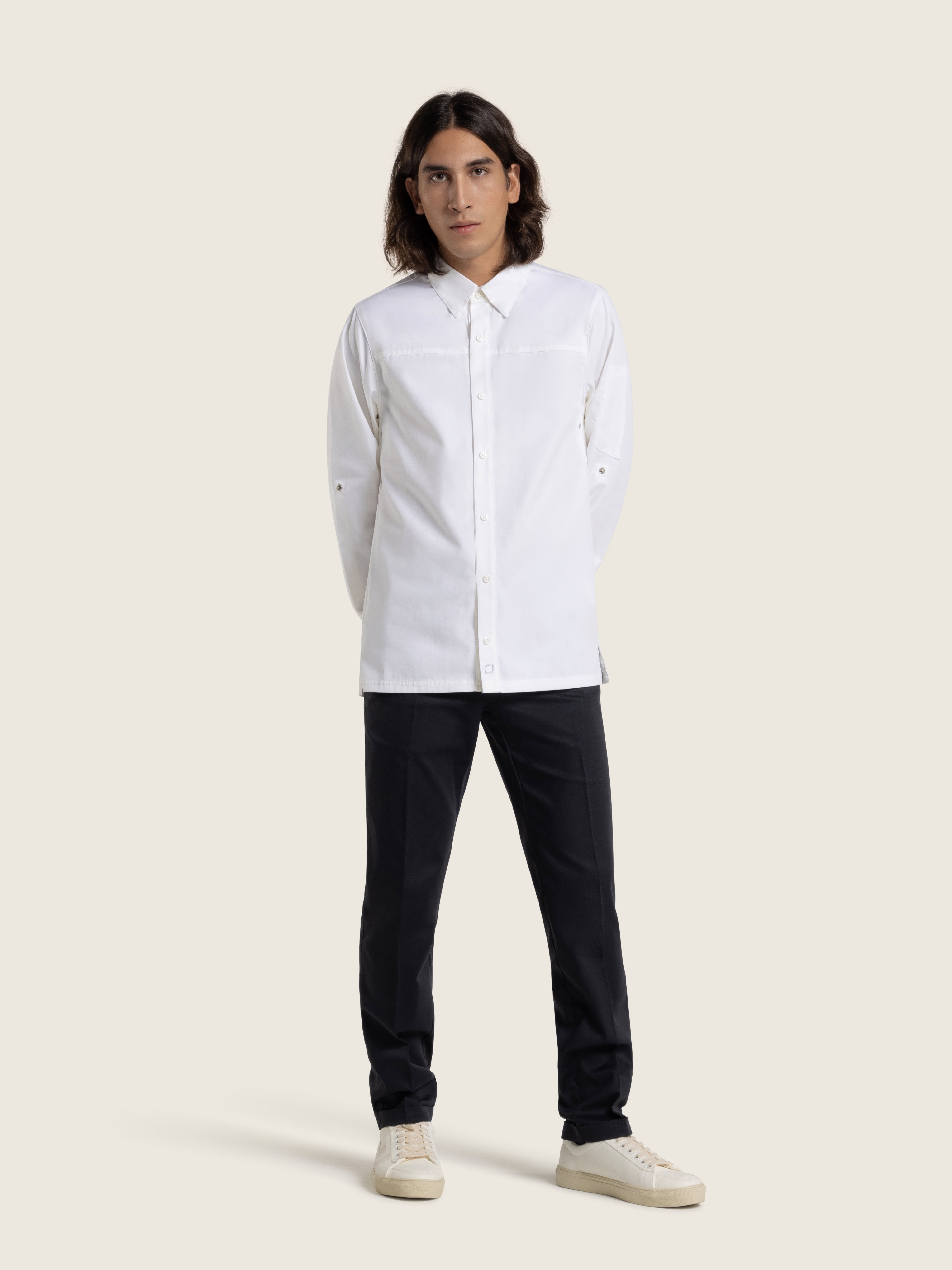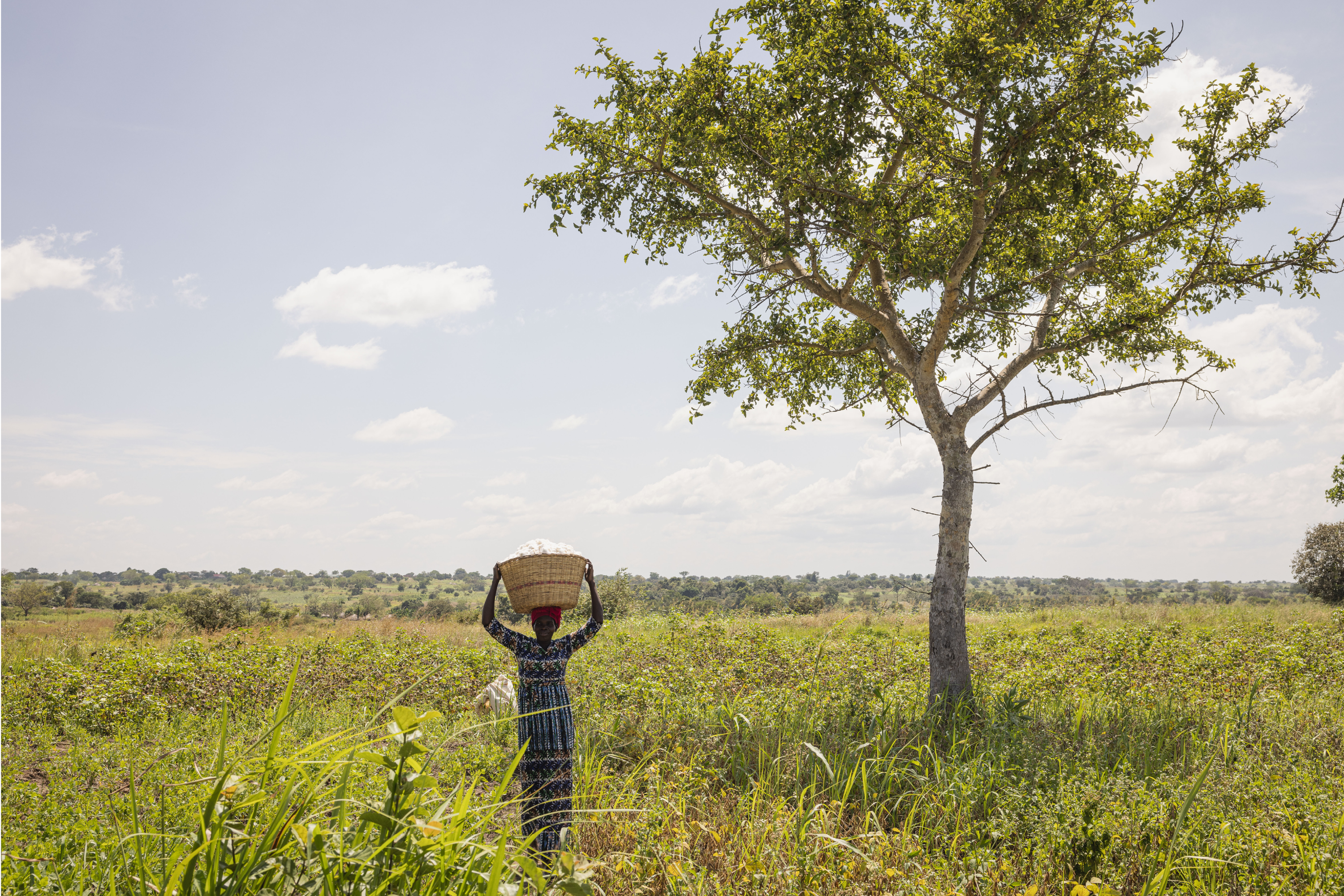
News
Cotton that connects
Natural Irrigation in Northern Uganda and its Journey into our Workwear
In the vast plains of Northern Uganda, where the sun blazes down and the soil thirsts for life, a very special cotton grows. It's more than just a raw material – it's a symbol of hope, resilience, and sustainable development.
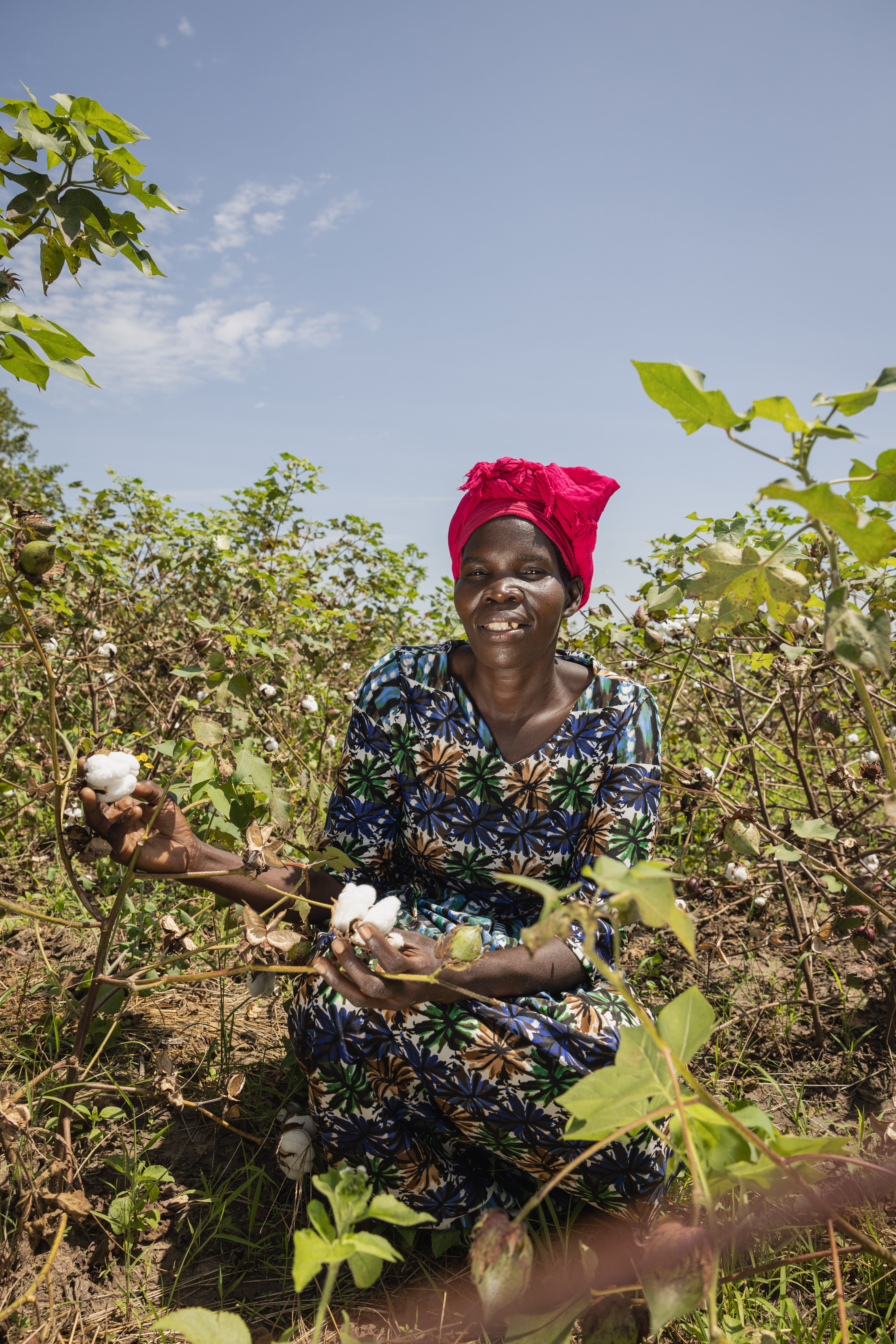
GADC: Pioneering a sustainable future
The Gulu Agricultural Development Company (GADC) has taken on the mission of redefining cotton farming in the region. After decades of conflict and displacement, communities returned to their land – but much of the knowledge around sustainable agriculture had been lost. This is where GADC stepped in: through training programs that blend traditional farming practices with modern insights, cotton cultivation without artificial irrigation or pesticides has been revived.
A cornerstone of this sustainable approach is natural irrigation. Instead of relying on artificial systems, farmers use seasonal rainfall and the natural characteristics of the soil to water their crops. This not only protects the environment, but also strengthens community resilience in the face of climate change.
Cotton Work: Stories that stay with you
The Cotton Work project brings us closer to the lives and stories of cotton farmers. Through powerful documentaries, it shows how cotton cultivation creates economic opportunities, reinforces social structures, and brings renewed hope to a region long marked by conflict.
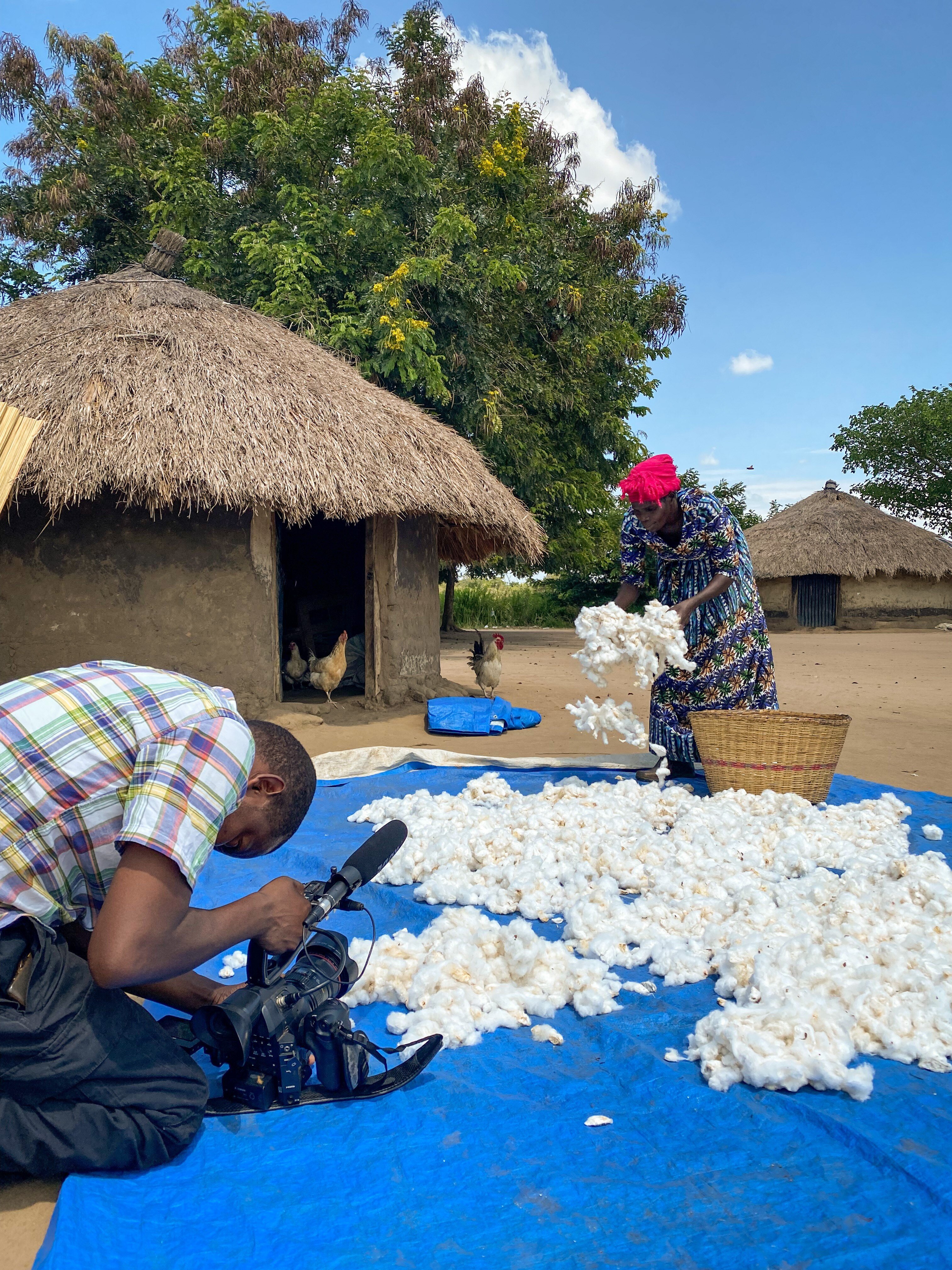
From Uganda to Europe: The cotton’s journey
This unique cotton travels all the way to us – becoming part of the workwear at KAYA&KATO. Our pieces made from Ugandan organic cotton stand not only for sustainability, but also carry a story of dignity and renewal. Every garment is a testament to the people behind it – their skill, their perseverance, and their future.
Shaping a better tomorrow – Together
By choosing products made under fair and sustainable conditions, we help drive positive change. Natural irrigation in Northern Uganda’s cotton fields is a powerful example of how traditional knowledge and modern thinking can come together to build a better future.
